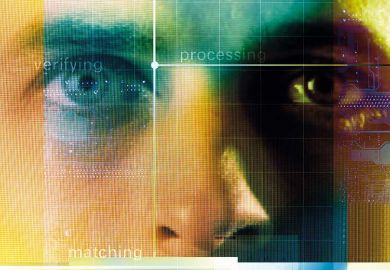Whether over-complex curricula or too many pints the night before are to blame, students who find themselves struggling to concentrate in lectures could find that the solution lies in the latest form of wearable technology.
A Vietnamese-US company has developed a new headset that not only records video footage but measures and records brain activity in a bid to help students identify and recap sections of teaching sessions that they found difficult to follow.
The “I See Comprehensive Learning System”, developed by Massachusetts-based Fuvi Cognitive Network, should be in stores by this autumn, at an expected price of about $449 (£343).
To look at, the headset would not be out of place on an episode of Star Trek. It places seven electroencephalography sensors on the wearer’s forehead, which are said to record brain activity during lectures and seminars. The intention is that students download the data at the end of a class, identify periods when they were less engaged and go back over them.
Phu-Vinh Nguyen, Fuvi’s founder and president, said that the device had been positively received by students during testing phases and argued that helping learners to understand more about their own concentration patterns would prove invaluable.
“[Students] can see in real time which information they are struggling to retain and from that learn more effectively,” he said.
However, Mike Sharples, emeritus professor of educational technology at The Open University, questioned the headset’s appeal, warning that most students “wouldn't take kindly to wearing a brain scanner”.
Attempts to use technology to monitor students’ attention levels were not new, Professor Sharples said, highlighting previous attempts to use tools such as eye-gaze trackers and even “squirm sensors” in classroom chairs.
But for all the available technology, there was a “big gap between detecting changes in attention and ‘gaining insights into student comprehension’”, as the Fuvi headset promises.
“While it’s possible to detect periods of inattention, that says nothing about why the student isn’t paying attention, nor about how to help the student learn more productively,” said Professor Sharples, who added that “putting [this] into a classroom would involve overcoming the objections of parents, pupils, and the teachers”.
POSTSCRIPT:
Print headline: Latest brainwave could aid distracted students
Register to continue
Why register?
- Registration is free and only takes a moment
- Once registered, you can read 3 articles a month
- Sign up for our newsletter
Subscribe
Or subscribe for unlimited access to:
- Unlimited access to news, views, insights & reviews
- Digital editions
- Digital access to THE’s university and college rankings analysis
Already registered or a current subscriber?








